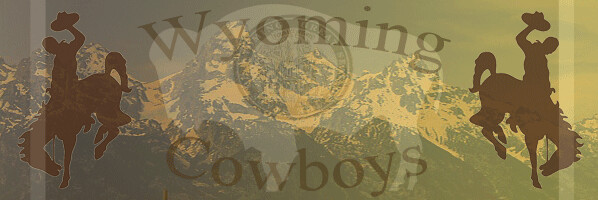What are your thoughts? POKES spend a lot of time on turf. Would grass reduce injury rate?
I've not looked into the data so I really don't have an opinion.
Turf and injuries?
-
ragtimejoe1
- Bronco-Buster
- Posts: 5202
- Joined: Mon Dec 02, 2013 1:21 pm
- Has liked: 20 times
- Been liked: 129 times
Specific to football, non-contact injuries are about 25-30% more common on artificial turf compared to natural grass. There doesn't seem to be a significant difference in contact related injuries between the two surfaces. This makes the renewed complaints about artificial turf after the Rogers injury quite interesting since it occurred on a contact play.
Artificial turf is also hot as hell in warmer environments. This isn't a huge issue in places like Laramie, but needs to be considered in warmer weather locations. For example, when Texas played Rice at DKR in week 1, the ambient temperature was around 105 which lead to the field turf being 168 degrees! This would not have been the case were it a natural grass playing surface.
Of course, the big advantage to artificial turf is lower maintenance. It takes a lot of man power and money to maintain a natural grass playing surface year round.
Artificial turf is also hot as hell in warmer environments. This isn't a huge issue in places like Laramie, but needs to be considered in warmer weather locations. For example, when Texas played Rice at DKR in week 1, the ambient temperature was around 105 which lead to the field turf being 168 degrees! This would not have been the case were it a natural grass playing surface.
Of course, the big advantage to artificial turf is lower maintenance. It takes a lot of man power and money to maintain a natural grass playing surface year round.
-
Outlaw Arthur Morgan
- Ranch Hand
- Posts: 159
- Joined: Mon May 30, 2022 6:05 am
- Has liked: 15 times
- Been liked: 11 times
Thats good information. I always wondered how we managed to keep the field green after the first freeze of the year. We obviously did it somehow. I know it was rare to play in November at home back then though.TheRealUW wrote: ↑Fri Sep 15, 2023 8:31 am Specific to football, non-contact injuries are about 25-30% more common on artificial turf compared to natural grass. There doesn't seem to be a significant difference in contact related injuries between the two surfaces. This makes the renewed complaints about artificial turf after the Rogers injury quite interesting since it occurred on a contact play.
Artificial turf is also hot as hell in warmer environments. This isn't a huge issue in places like Laramie, but needs to be considered in warmer weather locations. For example, when Texas played Rice at DKR in week 1, the ambient temperature was around 105 which lead to the field turf being 168 degrees! This would not have been the case were it a natural grass playing surface.
Of course, the big advantage to artificial turf is lower maintenance. It takes a lot of man power and money to maintain a natural grass playing surface year round.
I guess once the cleat starts to dig in, the grass will probably give before the body does. On turf, its probably going to cause the body to give before the turf does.
Wonder which is worse in that case? Frozen turf or frozen tundra?
- WestWYOPoke
- WyoNation Addict
- Posts: 3320
- Joined: Fri Sep 26, 2008 9:35 am
- Has liked: 8 times
- Been liked: 8 times
Tundra is worse... those rubber pellets still have some cushion in negative temps, grass/ground is rock hard.Outlaw Arthur Morgan wrote: ↑Sat Sep 16, 2023 2:03 pmThats good information. I always wondered how we managed to keep the field green after the first freeze of the year. We obviously did it somehow. I know it was rare to play in November at home back then though.TheRealUW wrote: ↑Fri Sep 15, 2023 8:31 am Specific to football, non-contact injuries are about 25-30% more common on artificial turf compared to natural grass. There doesn't seem to be a significant difference in contact related injuries between the two surfaces. This makes the renewed complaints about artificial turf after the Rogers injury quite interesting since it occurred on a contact play.
Artificial turf is also hot as hell in warmer environments. This isn't a huge issue in places like Laramie, but needs to be considered in warmer weather locations. For example, when Texas played Rice at DKR in week 1, the ambient temperature was around 105 which lead to the field turf being 168 degrees! This would not have been the case were it a natural grass playing surface.
Of course, the big advantage to artificial turf is lower maintenance. It takes a lot of man power and money to maintain a natural grass playing surface year round.
I guess once the cleat starts to dig in, the grass will probably give before the body does. On turf, its probably going to cause the body to give before the turf does.
Wonder which is worse in that case? Frozen turf or frozen tundra?

